Ecosystem snapshot: reassessing the role of wolves in Yellowstone
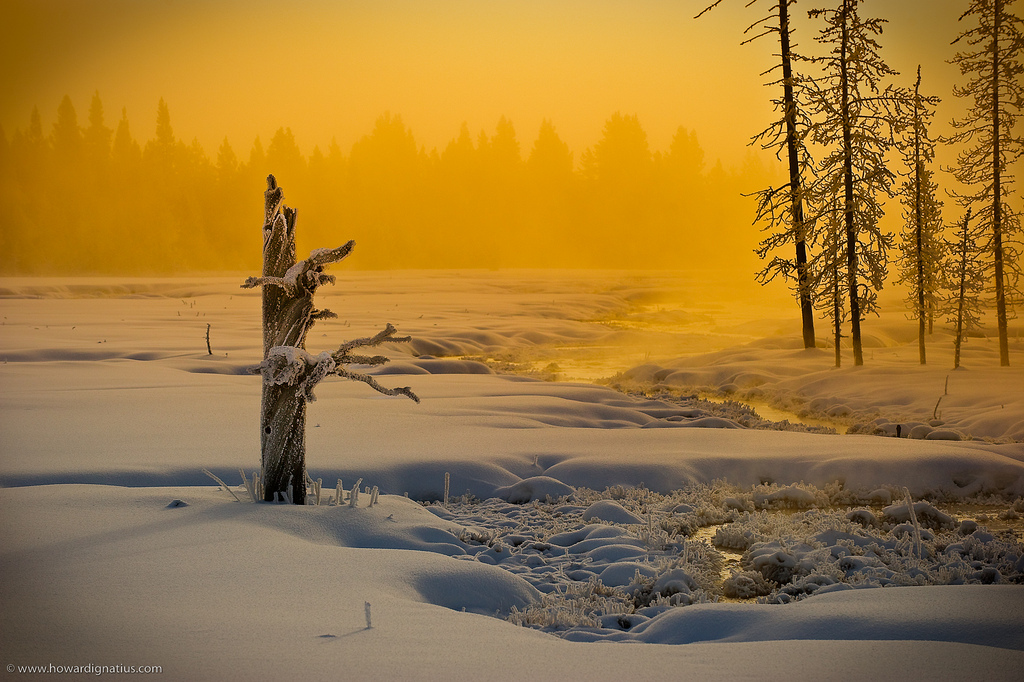
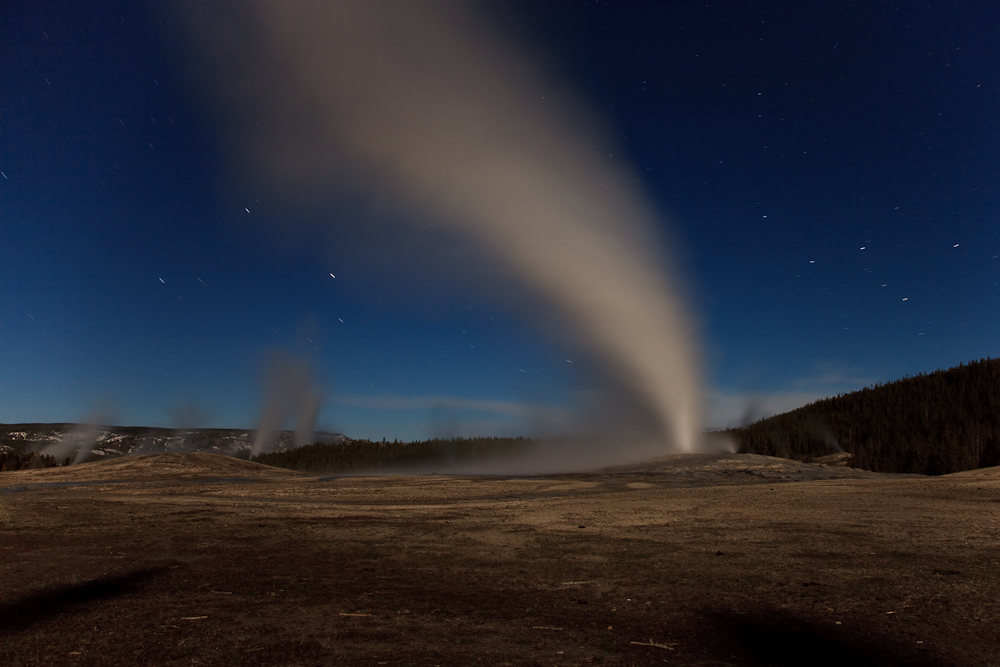
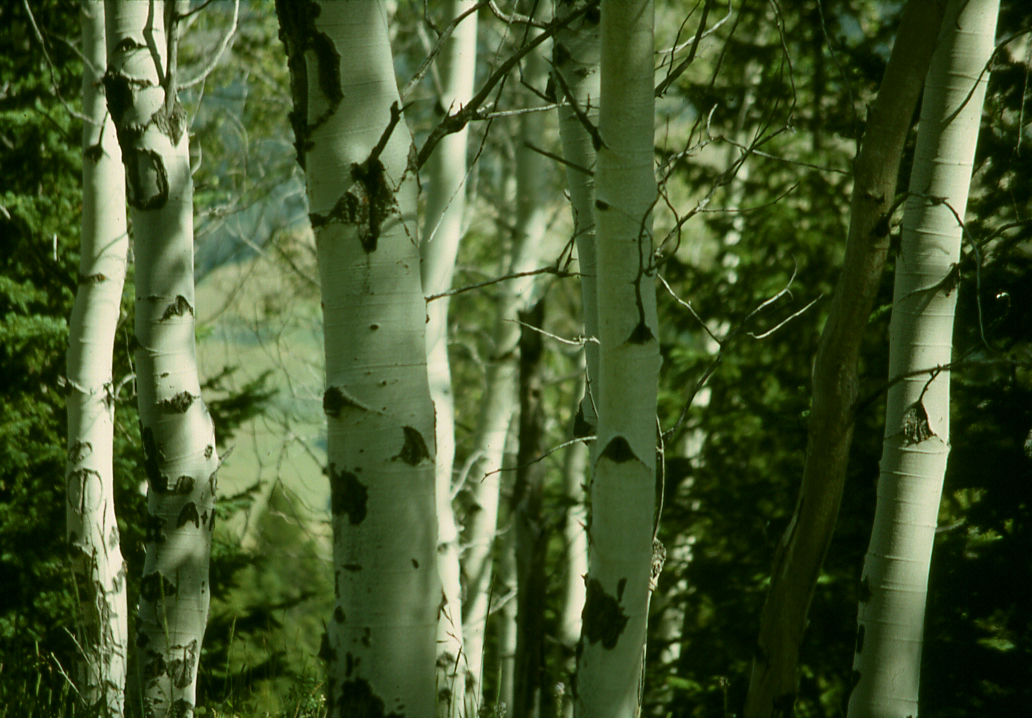
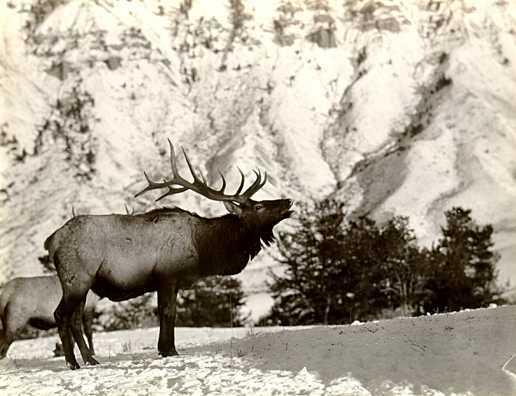
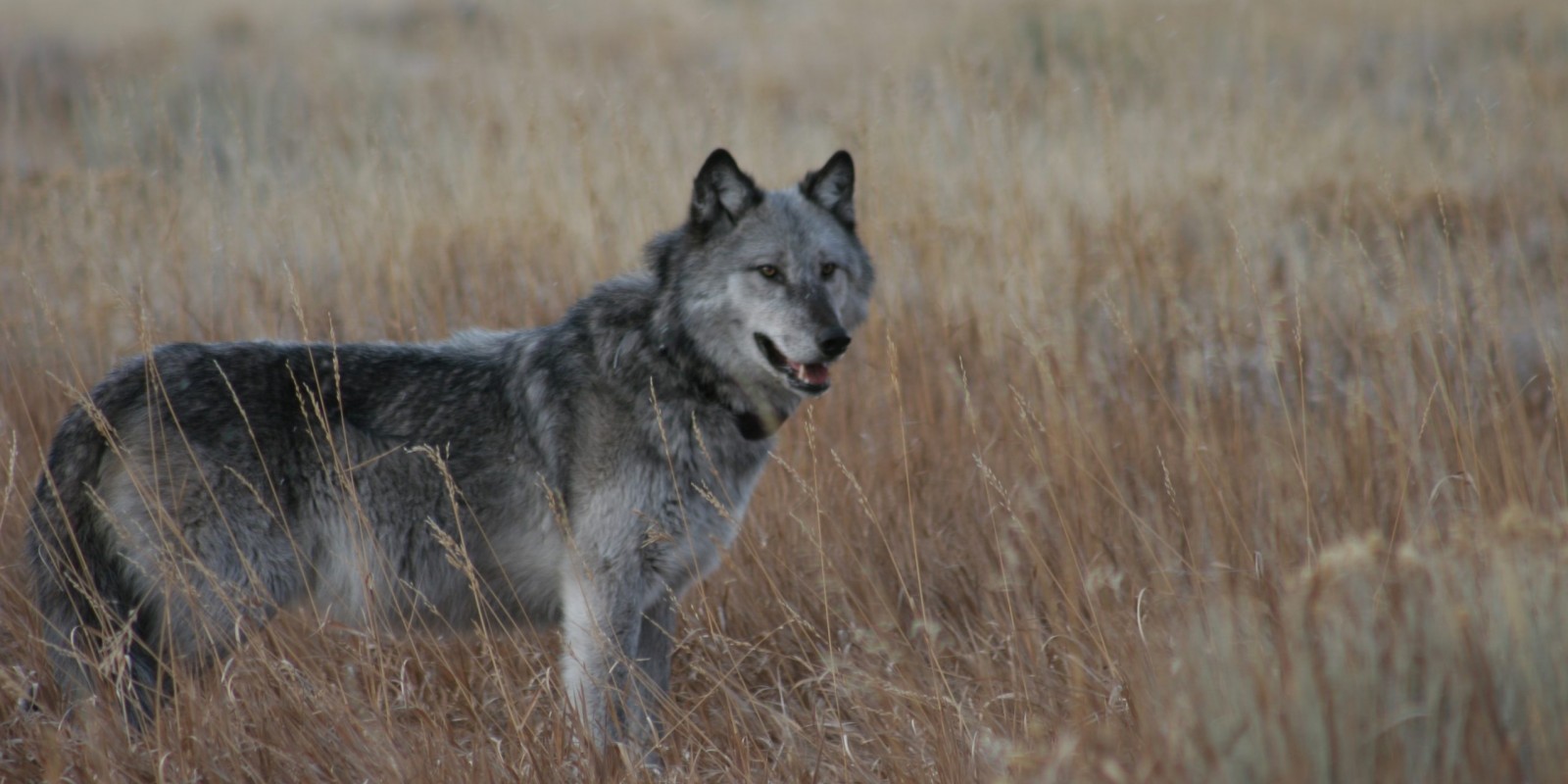
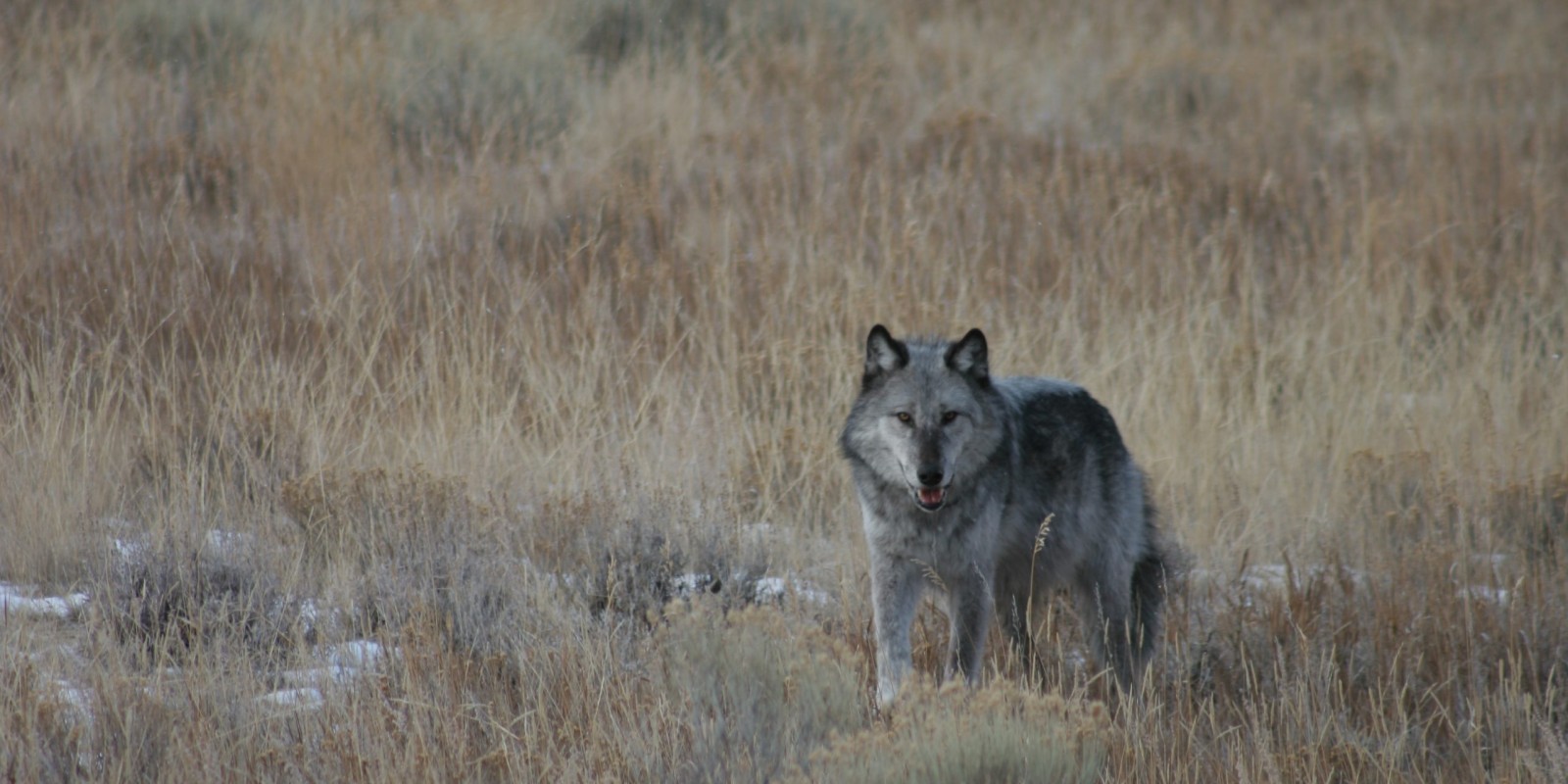
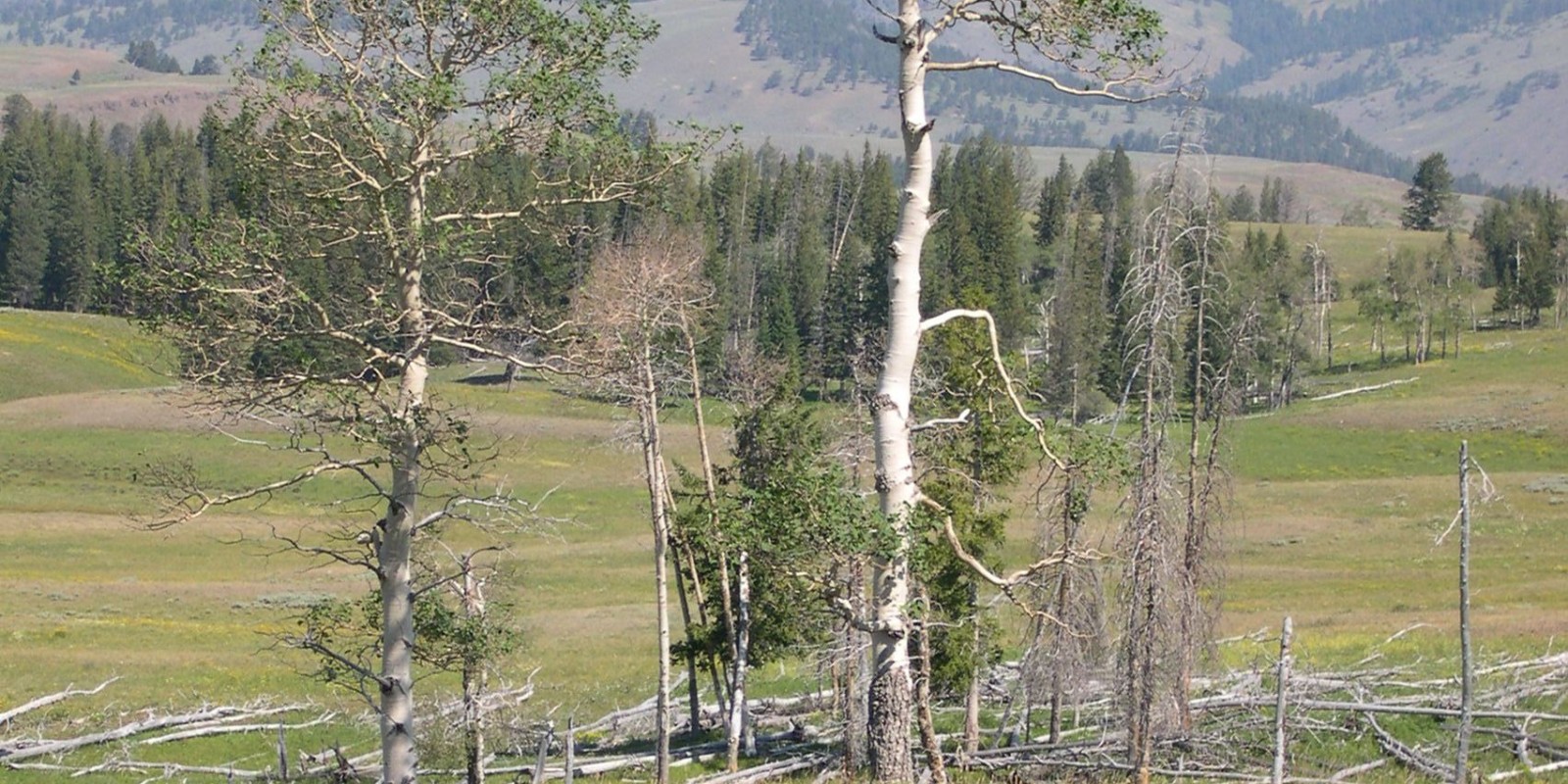
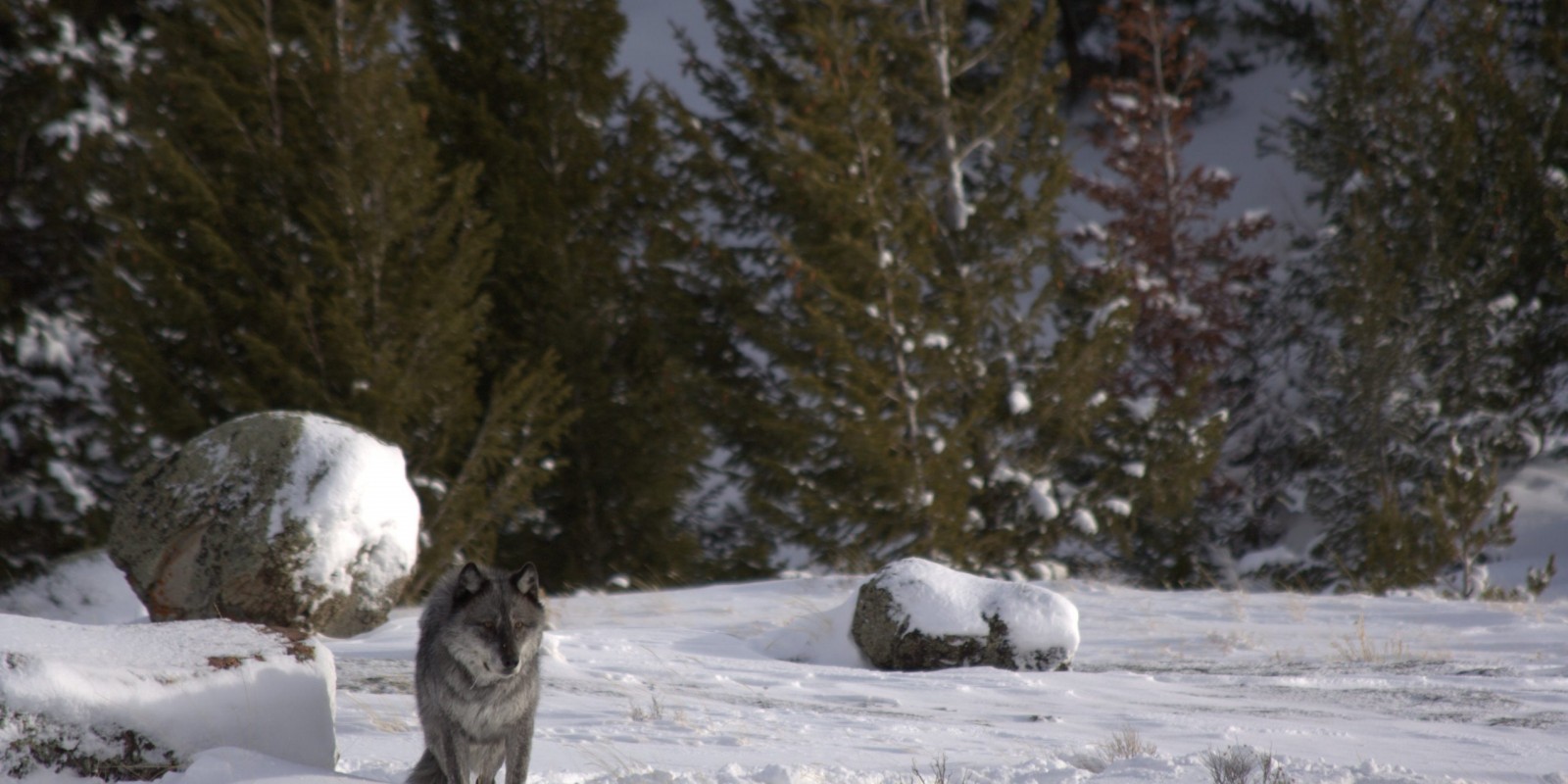










Yellowstone National Park is home to more than 1,350 species of vascular plants and numerous species of mammals, amphibians, reptiles and birds—not to mention the natural landmarks such as Old Faithful Geyser. Among the inhabitants of Yellowstone is the famous quaking aspen, a deciduous tree that has significantly declined in the park since the 20th Century due in large part to elk grazing.
In the 1990s, scientists designed a project to reintroduce wolves, citing a cascade effect that would potentially aid in the growth of young aspen by creating a “landscape of fear.” In other words, researchers proposed that the reintroduction of wolves to selected areas of the park would deter elk from grazing in those areas. In 2007, researchers from Oregon State University found that aspen trees were recovering for the first time in 50 years due to the reintroduction of wolves to the park.
However, a study published in the September issue of Ecology and led by Matthew Kauffman, a U.S. Geological Survey scientist, suggests that claims of an ecosystem-wide recovery of aspen may be premature. As Kauffman said in a press release, “A landscape-level aspen recovery is likely only to occur if wolves, in combination with other predators and climate factors, further reduce the elk population.”
The researchers found that the period when aspen failed to regenerate—from 1892 to 1956—lasted more than 60 years, spanning periods with and without wolves by several decades. In short, Kauffman and colleagues’ results indicate that areas of aspen trees identified as risky to elk were browsed just as often as aspen growing in areas less risky to the herbivores.
“This means that the survival of aspen suckers was not related to the risk of elk being hunted by wolves,” Kauffman said in the release. “Elk certainly respond behaviorally to the predation risk posed by wolves, but those small alterations to feeding and moving across the landscape don’t seem to add up to long-term benefits for aspen growing in areas risky to elk.”
Read more at BBC News.